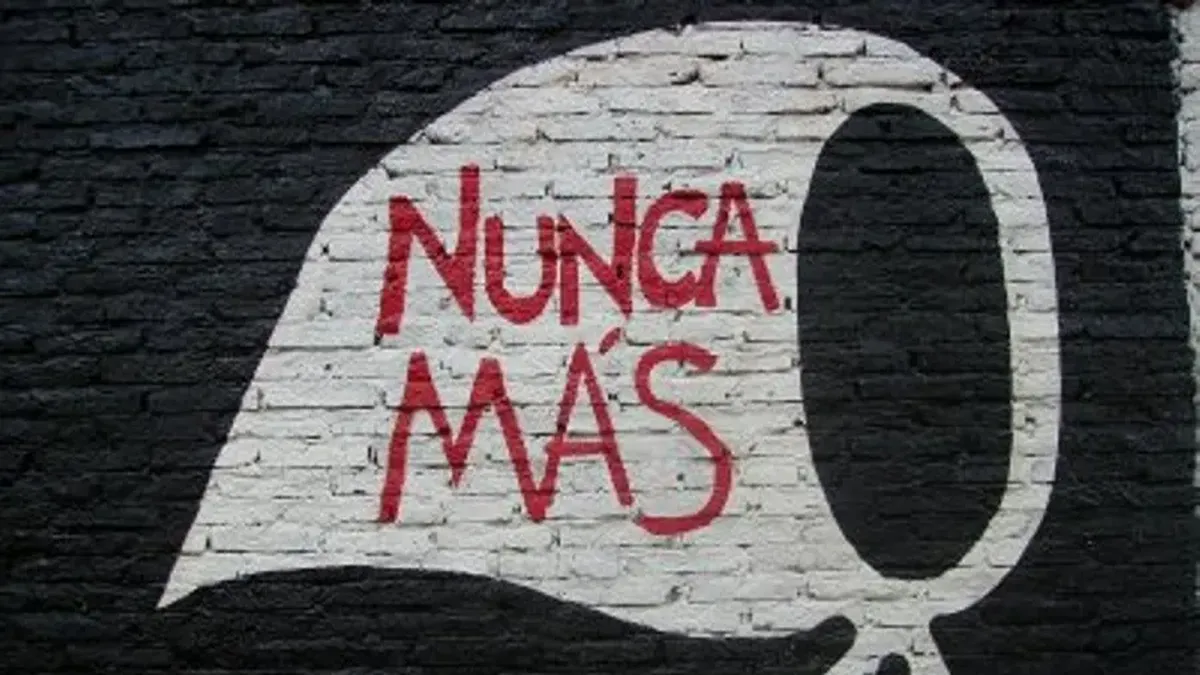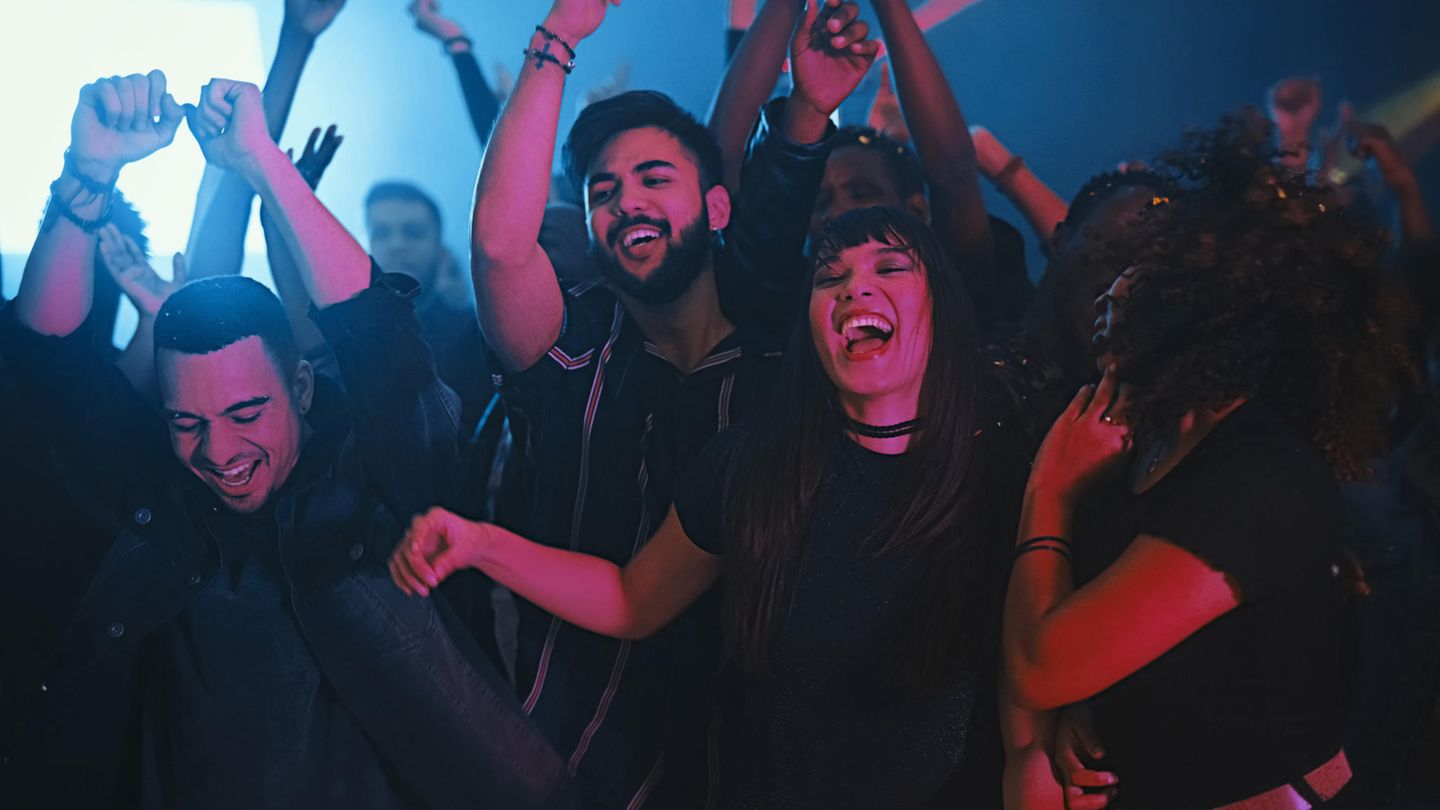The National Commission on the Disappearance of Personsbetter known by its acronym “CONADEP”, was created by a decree of the then president Raul Alfonsin in December 1983 and, based on the record of interviews with thousands of victims (and relatives) of the crimes committed by the civil-military dictatorship that began in 1976, it was crucial to judge those responsible for the genocide in the process that was subsequently carried out. known as the “Trial of the Juntas” (1985).
Of the CONADEP a complaint book emerges. He Anymore. Published by the UBA publishing house, Eudeba, for the first time 40 years ago, in 1984. The testimonies of horror appear there, those first-person accounts of the victims of the dictatorship, relatives or survivors who dared to make complaints. Torture, rape, baby theft, kidnappings and disappearances are described. The prosecutor Julio Strasserakey in the trial of the heads of the dictatorship (Videla, Massera, Agosti, among others), later gave the famous epilogue “Never Again” at the conclusion of his argument in the trial of the boards.
Certainly, he Anymore has a recent version of events. It was written a year or so after the dictatorship ended. And, indeed, there is an outline of war between two sides that came to disturb society, freeing it from blame for what happened.
The theory of the two demons (one from the left and the other from the right) was very reassuring for the time and was very popular. Let’s see how the referenced prologue develops it.
Members of armed organizations are called “terrorists.” It is an adjective that is not neutral. A prologue to a later edition, that of 2006, called these organizations with the more stripped-down “guerrilla.” It was, in any case, a term widely used at that time. Let’s continue.
Along these lines, the original prologue emphasizes the repudiation of the terrorism that preceded the coup (in this logic, left-wing terrorism), condemning –finally– the violence “from one side or the other.” It even states the need for truth and justice to also save the honor of those members of the armed forces who have been innocent.
Evidently, the power that the Military Party still held conditioned the actions of the commission. This is your context.
This approach is based strictly on what is known as the two demon theory. This thesis states that the “terrorists”, the “subversion”without face or humanity, was one of those two demons. Perhaps the main one, because it was the first. The one that had to be fought. With higher levels of legality. Subversion was the true evil for the cultists of that analgesic theory, an evil that had to be annihilated, although, with constitutional methods.
The other demon is defined – a posteriori – more by its “excesses” that for their reasons. They left mambo but they had come to put order. They did it wrong because they crossed the line. Society, in this way, that clamored for that order was shocked to see the level of barbarism in the methods used to exterminate the first demon. Then, “we had nothing to do with it”. They are the other demon.
The metaphor analyzed is wrong, ultimately, because it does not adequately explain the facts and their foundations.
The massive violation of human rights had, as Walsh notably explained in his legendary “Open Letter”, economic, social and cultural reasons: Planned misery.
Never Again University March
Ignacio Petunchi
These motivations were transformed into concrete facts. The most flagrant ones, rapes, kidnappings, murders, disappearances, are complemented by more subtle ones. Villages were eradicated with indifference about the fate of their inhabitants, violating the right to decent housing of thousands of citizens. Society was disciplined in an individualistic pedagogy, moving towards a private logic of education and, also, health. Labor rights were reduced and the productive apparatus contracted. In the field of culture, to give just a few examples, the dictatorship banned books, songs, restricted carnivals (prohibiting costumes, removing the holiday) and murdered writers and poets such as Haroldo Conti, Paco Urondo and Héctor Oesterheld.
The State is responsible for protecting Human Rights of all and all. If the State considered that the members of armed organizations, grassroots militants, students, workers, village priests, etc. had committed crimes he had to denounce them and take them to trial. The State can never violate human rights. The original prologue of Anymore He states this when citing the “Italian case.” However, it leaves floating the assault on society due to terror from both extremes.
This prologue also describes a kind of graduation of terror, a scale in which the actions of the armed forces in charge, at that time, of the sum of state power particularly stand out (the crimes committed by the military dictatorship implied an “infinitely worse terrorism.” than the one fought”). That is, this view is already in the Anymorealthough confused in the demonic metaphor. So:
Two demons? One? None?
Neither biblical nor metaphysical metaphors. There were perpetrators and victims who were ordinary people. There were crimes against humanity committed by human beings, from state positions, within the framework of a civic-military system with precise objectives..
Also, common crimes may have coexisted that were not prosecuted, mainly because their eventual perpetrators were disappeared or murdered by that State.
Finally, the relevance of the work of the CONADEP and from the report (and book) Anymore for the clarification of the events that occurred on that fateful night and in the reparation process that our society continues to go through to the extent that the bodies of thousands of people did not appear, the babies (now adults) are still appropriated and those responsible continue to be tried by crimes against humanity that for this very reason – the permanence of the crime over time – continue to be committed.
The beginning was the claim of the Mothers of Plaza de Mayo and family. It was also an ethical and political decision, that of President Alfonsín to judge the genocidaires in the country where the human rights violations were committed, as a sign of political authority. This is an unprecedented event in the world that must be valued and its chiaroscuros also pointed out in honor of truth, justice and memory.
Source: Ambito
I am an author and journalist who has worked in the entertainment industry for over a decade. I currently work as a news editor at a major news website, and my focus is on covering the latest trends in entertainment. I also write occasional pieces for other outlets, and have authored two books about the entertainment industry.




